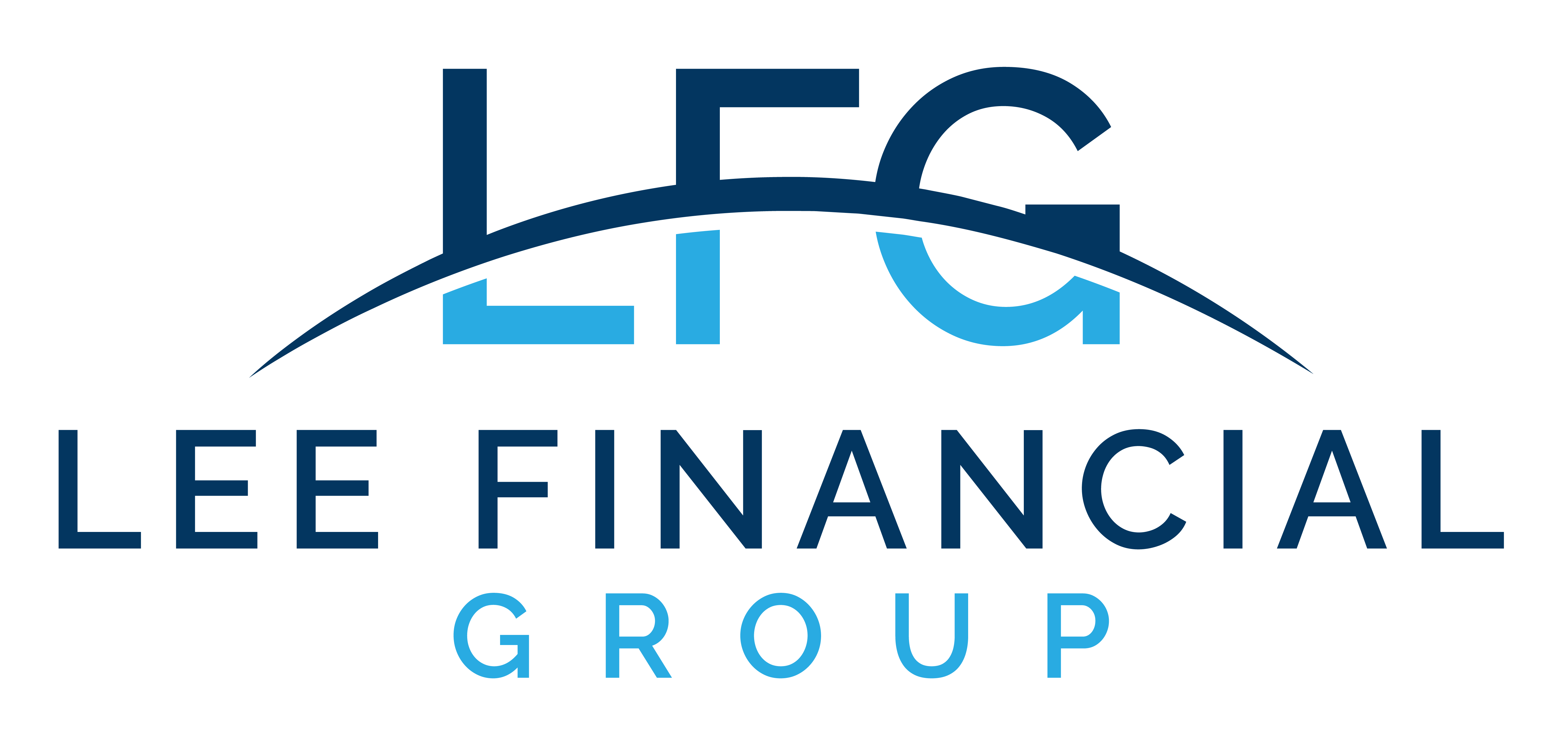Getting serious about reaching your financial goals means keeping a handle on what you’re spending, so you can maximize what you’re saving.
Budgeting focuses on your outflows and can help you ensure you are meeting your obligations and not overspending. Building savings into your budget keeps your savings goals front and center, so you can consistently increase the amount you save.
As you build savings, creating an investment plan that allows you to reach financial goals while also keeping the amount of risk you take at a comfortable level is key. A good investment plan isn’t something you set and forget – market conditions and macroeconomic changes will affect the performance of your investments. Changes in your personal circumstances may affect your overall goals and your plan. Managing your assets and performing regular reviews to be sure your investment plan is on track is a routine task for investors.
But while you are focused on growing your assets, don’t overlook the other side of your balance sheet. Your liabilities should receive the same attention and management.
A Clearer Picture of Your Net Worth
Liabilities are a big part of the net worth equation. Adding up your assets tells only one side of the story. You need to understand your total debt, and then subtract that number from your assets to give you a true picture of your financial health. While the asset side focuses on maximizing the power of your savings and investments, managing the liability side of your balance sheet is about minimizing the expense of your debt and ensuring you pay it off in an advantageous way. Macroeconomic factors like rising or falling interest rates can impact the cost of your debt and can also present opportunities for savings.
Your own personal situation may also impact your liability picture. Not all debt is “bad” debt. High-interest rate credit cards fall into that category, but home mortgages and education spending are generally considered “good” debt because they help you increase your wealth. Having the right mix can have a big impact.
Managing Your Liability Portfolio
Start by scheduling a regular review of all your debt. Include student loans, mortgage debt or HELOC, car loans, credit cards, and anything else.
It’s an initial investment of time, but creating a spreadsheet with the current interest rate, whether the rate is fixed or floating, payment terms, and remaining balance can give you a snapshot of what you owe and how much you are paying for that debt.
Are there refinancing opportunities in the current market environment? While there are closing costs to refinancing a mortgage, if interest rates are lower than when you took out the loan, it may be worth it to refinance.
Similarly, if you have floating rate debt in a rising rate environment, you may not have noticed how much your costs have crept up as interest rates have increased. HELOCs usually have floating rates and credit card debt does too. If you only make the minimum payments, you may not be paying down your balance as quickly as you thought, which will increase costs now and over the life of your loan. Reprioritizing to pay down this debt can make a difference.
Think about the tax implications of your debt. Is any of it tax deductible? When prioritizing debt repayment, the tax benefit may outweigh the cost of debt, so you may want to move it to the back of the repayment line.
Your goal is to create a flexible repayment strategy that maximizes any potential financial benefit, whether by lowering your monthly debt costs, increasing your tax efficiency, or getting you out of debt as quickly as possible.
As you review your debt, you should also think about making it as simple as possible. Automating all your debt payments will ensure you never miss a payment. As you perform a regular review and the amounts you pay down may change, you’ll need to adjust your automatic payment amounts.
The Bottom Line
Managing your liabilities adds some complexity to your financial plan, but it can create benefits in both the short and long term. Thinking about the entirety of your wealth from both sides of your balance sheet, and making adjustments for changing circumstances, can keep your financial journey moving forward in the direction you choose.






What a Weaker Dollar Means for Your Investments